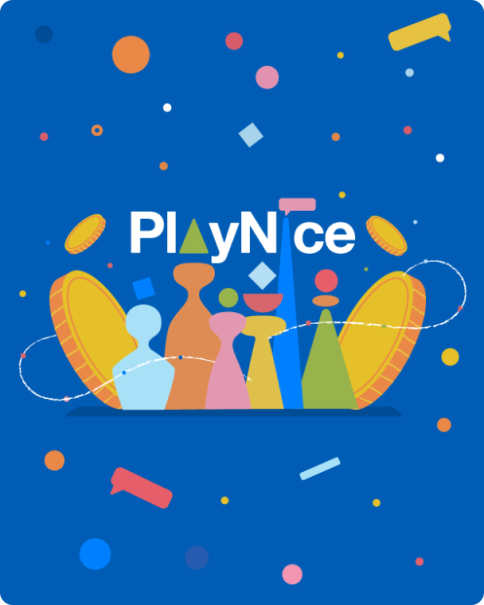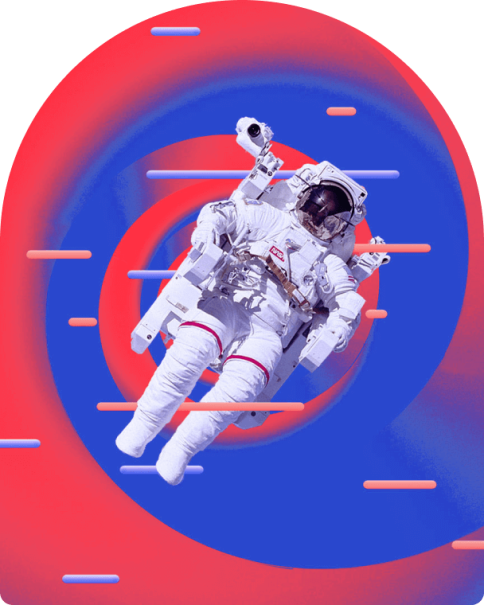Organization and culture
We guide the evolution of corporate organizational models to adapt to changing contexts and design programs that encompass the entire people empowerment ecosystem.
Organizations have long faced major challenges, some of which have arisen sooner than expected. On the one hand, a highly competitive market is moving at an unprecedented pace, requiring organizations to adapt quickly to changing environments. On the other, the people who make up those organizations and make them unique are becoming increasingly aware of their expectations and needs. Ultimately, organizational structure alone is no longer enough to keep chaos and complexity at bay: identity, belonging, cultural coherence, and information are where the game is played to really hold organizations together.
The entire leadership of an organization is at the center of these tensions. It must lay the groundwork for a new relationship between the parties. It’s increasingly the responsibility of those who lead organizations to emphasize the three main aspects that define them — people, culture, and the organization itself — while recognizing that movement and the search for balance are the only true constants.
The first challenge in this transformation is to listen ever more closely and deeply to people’s needs and desires. Maintaining an appropriate level of well-being through factors such as flexibility in managing one’s time and work practices is becoming an increasingly essential component of lasting relationships between people and organizations. Common trust and a sense of shared purpose and responsibility are the foundation of this relationship.
This brings us to the second area of challenge: culture — the set of principles, tools, methods, and rules that make an organization a living, evolving body that engages and attracts individuals who share a common mindset.
We now turn to the third level of this evolutionary challenge, the organization itself in its most structural dimension. Here we address what we might call the organization’s operating system, the components of its infrastructure, the rules that govern the interactions between the parts, and the resulting new models.
Organizational design
Organizational design involves the fundamental principles, vision, and methods used to envision new forms of organizational evolution that can manage transition and complexity. We strive to understand what characterizes decision-making processes, the values that drive those decisions, how information is shared, how employees perceive and act on those decisions, and whether they have the right skills.
Internal communication
Communicating within an organization means sparking interest, and promoting collaboration and community dialog both internally and externally. It involves spreading values and knowledge to stimulate curiosity and wonder. We do this by introducing communication and interaction dynamics into companies using a set of online and offline techniques that combine storytelling, gamification, peer-to-peer solutions, and design.
Talent and growth
Empowerment strategies are an intrinsic part of our culture and heritage, allowing us to create solutions that appeal to modern employees. We use a human-centric approach to promote a learning and growth culture based on personal objectives, propensity for sharing, level of impact, and collaborative education. We encourage communities of knowledge within organizations, to value experimentation and innovative working methods.
Employer branding
The demands of the labor market and the deepest identity of companies intersect in employer branding practices: here, we give content and substance to the relationship between the organization and the people who come into contact with it. This means focusing on a consistent and convincing employee value proposition and nurturing its dissemination and credibility while remaining attentive to the signals that come from the external context.









 in Italy
in Italy